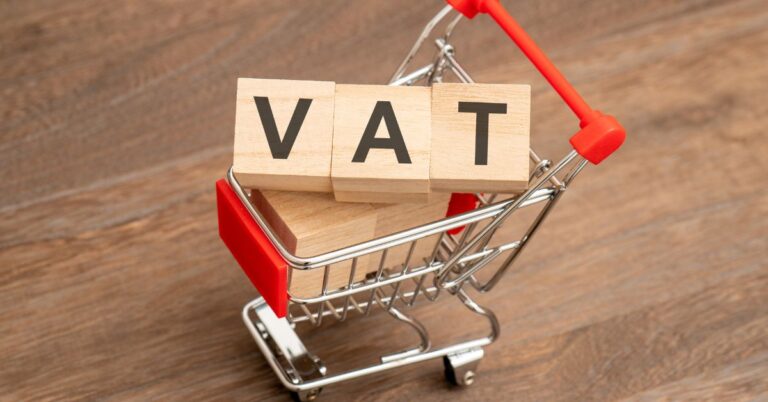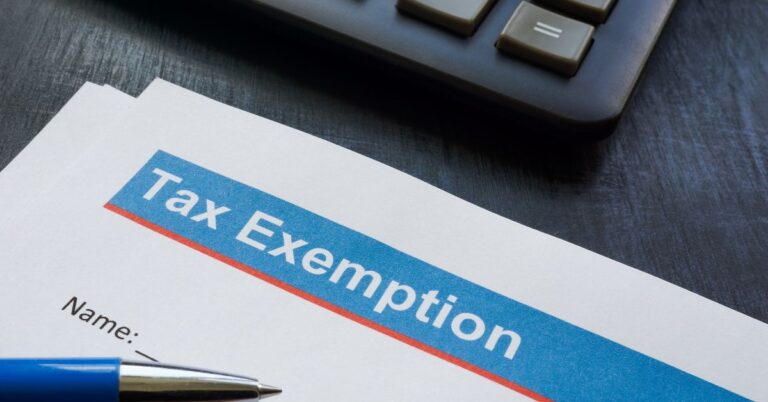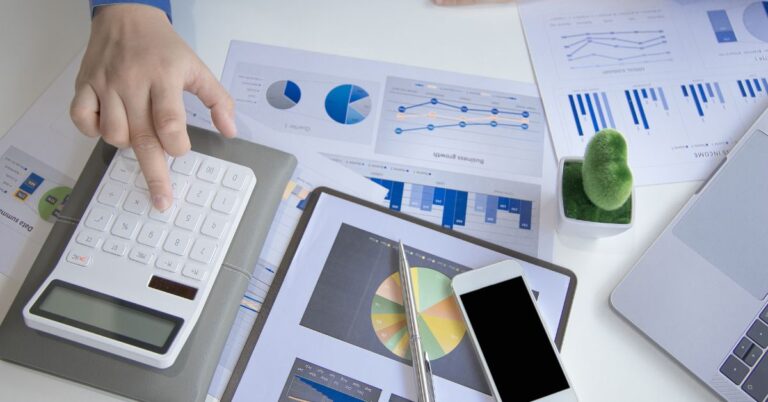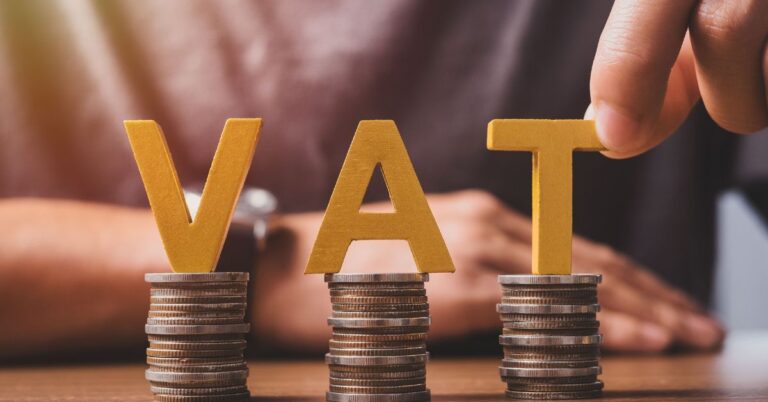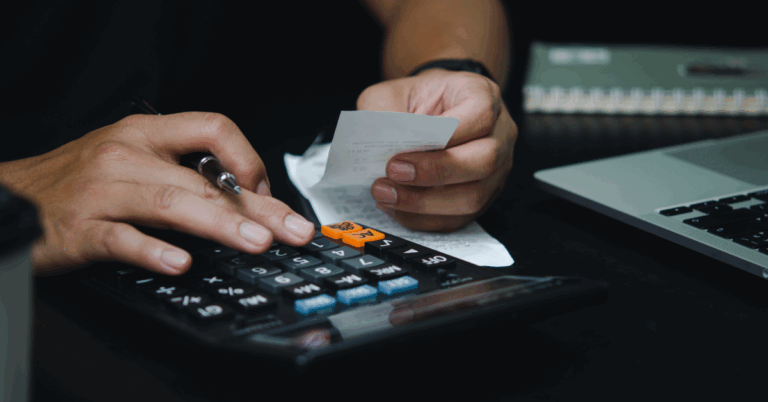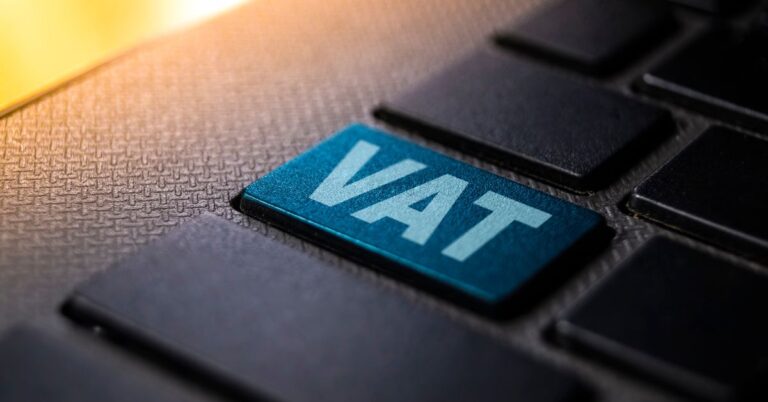How do You Work Out 20% VAT backwards?
To work out 20% VAT backwards, divide the price that includes VAT by 1.2. This gives you the price before VAT was added. For example, £120 including VAT divided by 1.2 equals £100 – the original price without VAT.
What does Working VAT Backwards Mean?
Working VAT backwards means finding the original price before VAT was added. This process is also called “removing VAT” or “reverse VAT calculation.”
When you buy something for £120 that includes 20% VAT, you need to work backwards to find out how much the item cost before tax. The answer is £100, with £20 being the VAT portion.
Why do Businesses Calculate VAT Backwards?
Businesses calculate VAT backwards to separate the tax portion from the total price. This calculation helps with:
- Creating invoices that show VAT separately
- Working out how much VAT to pay HMRC
Employees use this calculation for claiming back VAT on business expenses. Consumers use it for understanding what they actually pay for goods versus the tax portion.
How do you calculate 20% VAT backwards?
The formula for calculating 20% VAT backwards is: divide the VAT-inclusive price by 1.2. This mathematical operation removes the 20% VAT portion from the total price.
Step-by-step process
Step 1: Take your total price including VAT Step 2: Divide by 1.2
Step 3: The result is your price before VAT
Basic examples
Example 1: Item costs £240 including VAT
- £240 ÷ 1.2 = £200 (price before VAT)
- VAT amount = £240 – £200 = £40
Example 2: Service costs £60 including VAT
- £60 ÷ 1.2 = £50 (price before VAT)
- VAT amount = £60 – £50 = £10
Why do you Divide by 1.2?
You divide by 1.2 because 20% VAT creates a total of 120% of the original price. When 20% VAT is added to a price:
- Original price = 100%
- Add 20% VAT = 20%
- Total = 120% or 1.2 times the original
To reverse this calculation, you divide by 1.2 to get back to the original 100%.
Common Mistake to Avoid
Many people incorrectly subtract 20% from the total price instead of dividing by 1.2. This method gives the wrong answer.
Wrong way: £120 – 20% = £120 – £24 = £96 Right way: £120 ÷ 1.2 = £100
What are the Different VAT Rates in the UK?
The UK has three main VAT rates: 20% standard rate, 5% reduced rate, and 0% zero rate. Each rate requires a different backwards calculation method.
Standard rate (20%)
The current standard VAT rate applies to most goods and services in the UK.
- Formula: Price ÷ 1.2 = Price before VAT
Reduced rate (5%)
The 5% rate applies to home energy, children’s car seats, and some building work.
- Formula: Price ÷ 1.05 = Price before VAT
Zero rate (0%)
Zero rate applies to essentials like most food, children’s clothing, and books.
- Formula: No calculation needed – the price shown is already without VAT
How do you Calculate VAT Backwards for different Industries?
Different industries use VAT backwards calculations for specific business needs. Here are real-world examples:
Restaurant and hospitality
Scenario: Hotel bill shows £480 total including VAT
Most hotel services are standard rated at 20%.
- Price before VAT: £480 ÷ 1.2 = £400
- VAT amount: £480 – £400 = £80
Construction and building
Scenario: Builder’s invoice shows £3,600 including VAT
- Price before VAT: £3,600 ÷ 1.2 = £3,000
- VAT amount: £3,600 – £3,000 = £600
This helps when claiming VAT back as a business or checking contractor invoices.
Online sales
Scenario: eBay seller needs to work out VAT on £150 sale
For businesses selling on platforms like eBay, understanding VAT backwards helps with pricing and VAT obligations.
- Price before VAT: £150 ÷ 1.2 = £125
- VAT to pay HMRC: £150 – £125 = £25
What are the Manual Calculation Methods?
Manual calculation methods help when you don’t have access to digital tools. These methods include long division and fraction calculations.
The Long Division Method
Example: £144 ÷ 1.2
- Convert 1.2 to a fraction: 1.2 = 12/10
- Divide £144 by 12: £144 ÷ 12 = £12
- Multiply by 10: £12 × 10 = £120
The fraction Method
Some businesses use the VAT fraction method: multiply the gross amount by 1/6 to find the VAT portion.
For 20% VAT:
- VAT amount = Total price × 1/6
- Price before VAT = Total price – VAT amount
Example: £120 including VAT
- VAT = £120 × 1/6 = £20
- Price before VAT = £120 – £20 = £100
What tools Help Calculate VAT Backwards?
Online VAT calculators provide the quickest way to calculate VAT backwards. Digital tools reduce errors and save time compared to manual calculations.
Online VAT calculators
Our VAT calculator lets you:
- Enter any amount
- Choose add or remove VAT
Spreadsheet formulas
Excel/Google Sheets formula:
=A1/1.2
Where A1 contains your VAT-inclusive price.
For the VAT amount only:
=A1-A1/1.2
What are Common VAT Backwards Calculation Mistakes?
The most common mistake is taking 20% off the total instead of dividing by 1.2. This error occurs because people confuse adding VAT with removing VAT.
Mistake 1: Taking 20% off the total
Wrong: £100 – 20% = £80
Right: £100 ÷ 1.2 = £83.33
Mistake 2: Using the wrong rate
Always check what VAT rate applies:
- Most goods and services: 20%
- Home energy, children’s car seats: 5%
- Food, books, children’s clothes: 0%
When Must you Register for VAT?
The VAT registration threshold increased to £90,000 from April 2024. Once registered, businesses must:
- Charge VAT on sales
- Calculate VAT backwards on purchases
Learn more about how to register for VAT and getting a VAT number.
Import VAT calculations
For businesses importing goods, calculating import VAT often requires working backwards from the total cost including duties and VAT.
How do you Handle Special VAT Situations?
Special VAT situations require different calculation approaches. These include reverse charge VAT, international transactions, and second-hand goods.
Reverse charge VAT
The domestic reverse charge affects construction services and changes how VAT is calculated. Understanding VAT reverse charge helps avoid errors.
International transactions
When dealing with overseas suppliers or customers:
- Convert to GBP first using HMRC exchange rates
- Then calculate VAT backwards
Second-hand goods
The VAT margin scheme for second-hand goods uses different calculations. You calculate VAT on the profit margin, not the full selling price.
How do you Check VAT Backwards Calculations?
Always verify your backwards VAT calculations using the double-check method. This process confirms accuracy and prevents costly errors.
Double-check method
Always verify your backwards VAT calculations:
- Calculate backwards: £120 ÷ 1.2 = £100
- Add VAT forwards: £100 × 1.2 = £120
- If both match, your calculation is correct
Common sense checks
The VAT amount should be roughly 1/6 of the total price. The net amount should always be smaller than the gross amount.
What are the best practices for VAT calculations?
Keep accurate records of all VAT calculations for HMRC compliance. Good record-keeping helps during VAT returns and potential investigations.
Record keeping
When calculating VAT backwards:
- Save all original invoices
- Document your calculations
Regular reconciliation
Check your VAT calculations monthly to:
- Compare input and output VAT
- Verify supplier invoice calculations
Final Thoughts
Working out 20% VAT backwards requires dividing VAT-inclusive prices by 1.2. This simple method works for most UK business situations and gives accurate results.
Key points to remember:
- Divide VAT-inclusive prices by 1.2
- Don’t subtract 20% from the total
- Use online calculators for speed and accuracy
- Keep good records of all calculations
Whether you’re running a business, claiming expenses, or understanding prices better, these skills will save you time and money. Practice with examples and VAT backwards calculations become routine.For more help with VAT calculations and business tax questions, explore our guides on VAT rates, paying VAT bills, and VAT exemptions.
